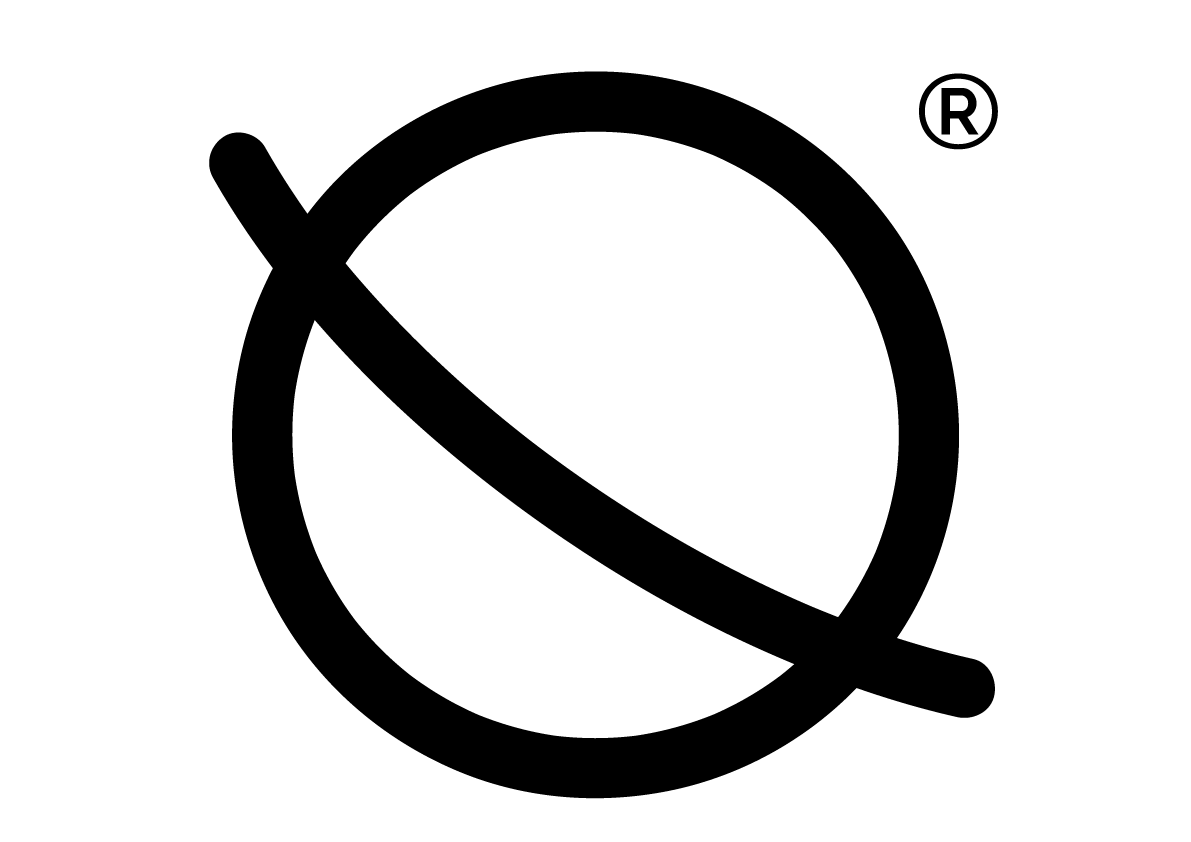Mat Pilates vs Reformer Pilates: What's the Difference?
While we frequently discuss the diverse styles of yoga on our blog, we often overlook the equally captivating world of Pilates - a mind-body exercise practice that has amassed a significant global following.
What is Pilates?
Similar to yoga, Pilates is a low-impact, holistic exercise regimen that focuses on strengthening, balancing, and restoring the body's natural equilibrium. It emphasises controlled movements, muscle engagement, and precise breathing to stabilise the body, strengthen and stretch it, providing a comprehensive full-body workout unlike many other fitness disciplines.
Pilates is an excellent workout for a wide range of individuals, including those recovering from injuries and complete beginners. Its primary benefits include strengthening the core, lower body, arms, and back - the body's major muscle groups. Importantly, Pilates also emphasises the mind-body connection, requiring deep concentration during each exercise. This mental engagement can have a profoundly calming effect, reducing stress and promoting relaxation. Regular Pilates practitioners often report heightened body awareness, reduced pain, and increased mobility.
What is Reformer Pilates?
Reformer Pilates is a variation of the traditional practice that utilises a specialised piece of equipment called the Reformer. The Reformer is a wooden, table-like apparatus with a sliding carriage, springs, and a foot bar, along with resistance pull bands attached to pulleys that can be used with the hands or feet.
The Reformer adds an extra layer of challenge and support to Pilates exercises. The constant tension provided by the springs can make movements more demanding than traditional mat-based Pilates, while also offering additional assistance and stability, particularly for those dealing with injuries. Reformer Pilates can be a more dynamic and engaging workout, as the adjustable springs allow for a wider range of resistance and support levels.
Reformer Pilates is predominantly practised in specialised studios that provide the necessary equipment, making it a popular choice among those seeking a more guided and structured Pilates experience.
How Does Reformer Pilates Differ from Mat Pilates?
Mat Pilates utilises similar exercises to Reformer Pilates, but as the name suggests, it is performed entirely on a mat and relies primarily on body weight to create tension and target muscles. This is the foundational form of Pilates and remains a fantastic workout that can be modified to suit individual preferences and circumstances.
While the pure form of mat Pilates focuses solely on using one's own body weight, many practitioners also incorporate minor equipment, such as rings or balls, to further activate specific muscle groups. This approach can make mat Pilates classes more challenging than their Reformer counterparts, as there is less external support or assistance.
The flexibility of mat Pilates is one of its key advantages - it can be practised anywhere, be it at home, in a studio, or even outdoors. Additionally, without the need for expensive machinery, mat Pilates classes tend to be more affordable and accessible than Reformer-based sessions.
Regardless of which variant you choose, both mat and Reformer Pilates offer incredible benefits for the body and mind, providing a low-impact way to challenge your physical and mental capacities, improve flexibility, balance, and posture.
Pilates vs. Yoga
While both Pilates and yoga are mind-body practices, there are some notable differences between the two disciplines.
The primary distinction lies in the spiritual element inherent in yoga, which is not as strongly emphasised in Pilates. Pilates movements tend to be more isolated and focused, compared to the flowing, holistic nature of yoga asanas (postures).
However, both practices share similarities in their low-impact approach, focus on strengthening, lengthening, and aligning the body, as well as their incorporation of breathing techniques and mental engagement. In fact, many practitioners find Pilates and yoga to be complementary, with the former strengthening the body and the latter providing a more meditative, restorative experience.
3 Mat Pilates Exercises to Try
Here are three beginner-friendly mat Pilates exercises you can incorporate into your fitness routine*:
The Hundred:
Lie on your back with your legs extended and arms at your sides.
Engage your core and lift your head, shoulders, and arms off the mat.
Pump your arms up and down while taking short, controlled breaths.
Hold this position for 100 breaths, or about 1-2 minutes.
This exercise strengthens the abs and improves breath control.
Pelvic Curl:
Start by lying on your back with your knees bent and feet flat on the mat.
Engage your core and slowly roll your spine off the mat, lifting your hips up.
Hold at the top, squeezing your glutes, then slowly lower back down.
Repeat for 10-15 repetitions.
This move targets the abdominals, hamstrings, and glutes.
Single Leg Stretch:
Lie on your back with your head and shoulders lifted off the mat.
Bring one knee into your chest, holding the shin with both hands.
Extend the opposite leg out, keeping it hovering a few inches off the mat.
Switch legs, alternating between bending and extending.
Complete 10 reps per side.
This exercise works the abs, hip flexors, and shoulders.
Start with 2-3 sets of each exercise, focusing on proper form and controlled movements. As you build strength and endurance, you can gradually increase the number of reps. Remember to keep your core engaged throughout each Pilates exercise.
*Always consult with a physical therapist or Pilates instructor if you have any injuries or underlying health conditions before attempting new exercises
Read next >>>


